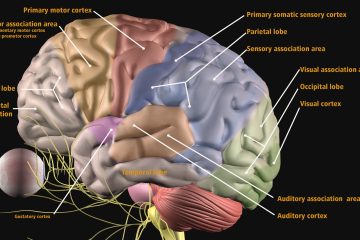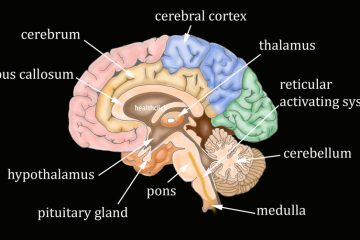When physical and occupational therapists approach rotator cuff tear classification effectively, they can provide appropriate and timely rehabilitation techniques to improve function.
As far as rotator cuff tears go, there are a lot of different factors that you have to consider if you’re working with a patient who may have a rotator cuff tear or who’s had a rotator cuff tear and has had a surgical repair.
Often rotator cuff tears are really just the result of wear and tear of the shoulder. Repetitive microtrauma is what can cause fraying of the cuff. The cuff tends to degenerate over the course of one’s lifespan anyway. It’s really a continuum from the impingement process to more of a fraying and degeneration of the cuff that leads to the tear.
https://www.ncbi.nlm.nih.gov/pmc/articles/PMC5367545/
There are different rotator cuff tear classifications, depending on which tendon is involved. The supraspinatus tendon is by far the most commonly involved tendon. Cuff tears can occur on the outer side of the cuff, called the bursal side, and also on the articular side of the cuff. The tears can involve the full substance of the tendon or just a part of the tendon, and they can be different sizes. As you’d expect, the function or ability to generate tension through the cuff is going to be compromised more if the tear is larger.
Tears that occur on the bursal side, or on the outside, are more common in older individuals, and they’re thought to be the result of just narrowing stenotic change across the lifespan, again as a progression from impingement.
Tears that occur on the articular side are more common in younger individuals, particularly those who’ve been involved in a lot of overhead activities.
Commonly what you will see in patients who have rotator cuff tears is a weakness with elevation, weakness with external rotation, and a painful arc is also pretty common. Positive impingement tests are common, again, because this is along the same lines as the impingement process. You will see positive impingement tests. Pain at night is quite common, and as I said earlier, age is another factor associated with cuff tearing. When people get to be above sixty years old, the likelihood of a cuff tear certainly goes up.
Want to learn more about rotator cuff tear classification, shoulder examination, and appropriate treatments for rotator cuff repairs?



